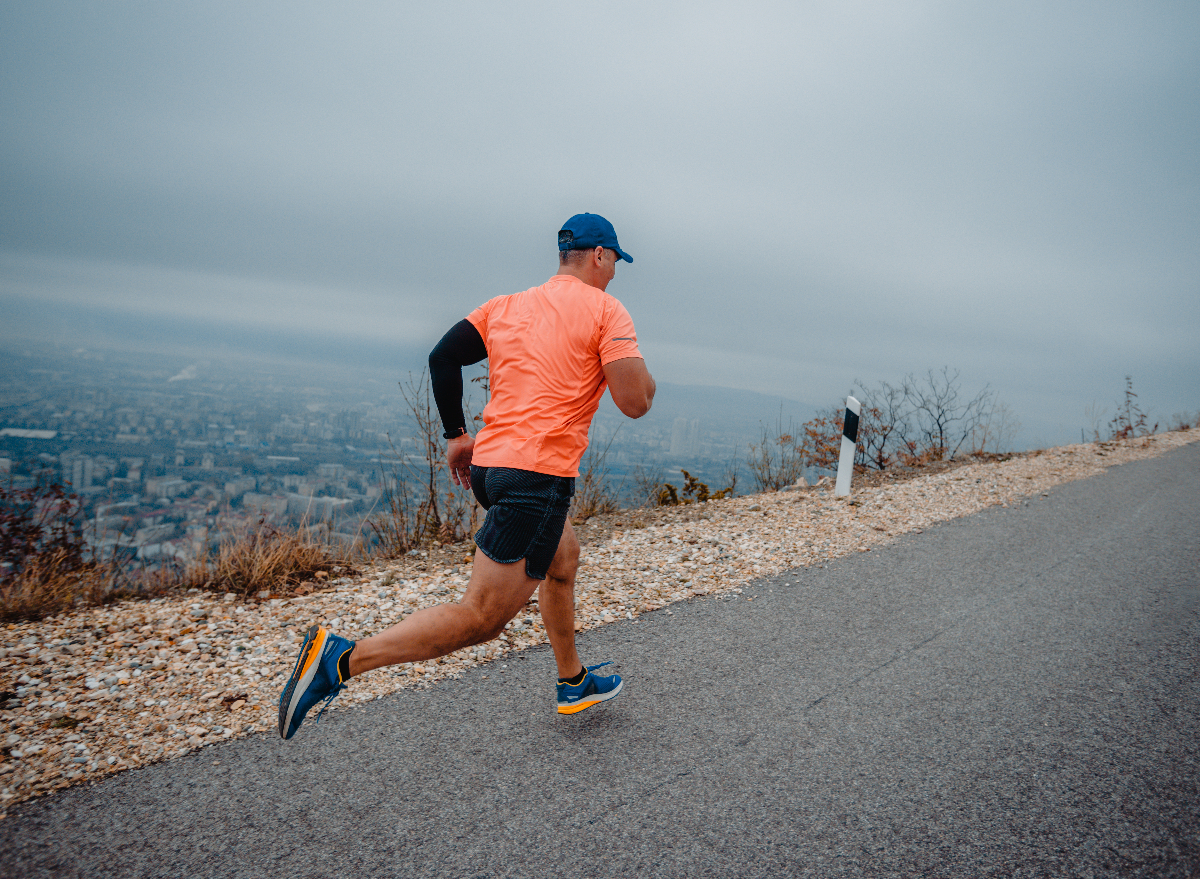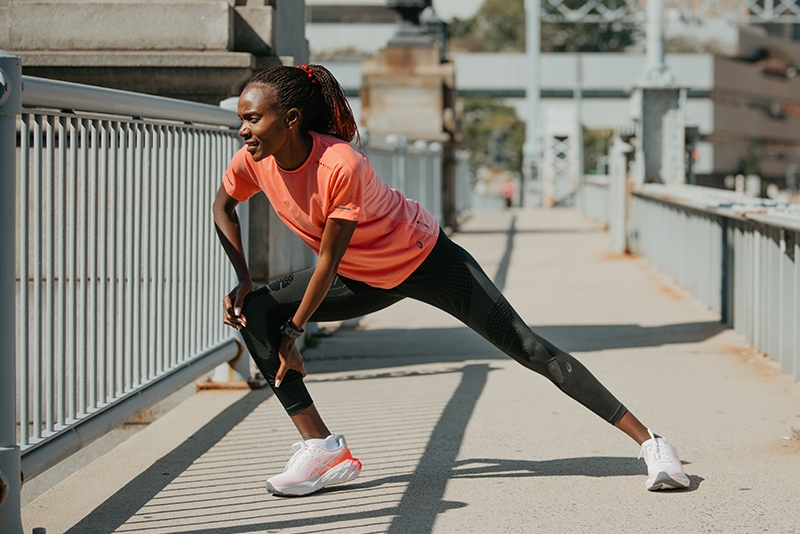Handling Typical Running Discomforts: Reasons, Solutions, and Avoidance
As runners, we typically run into various pains that can impede our efficiency and pleasure of this physical task. From the devastating pain of shin splints to the nagging IT band syndrome, these common running pains can be aggravating and demotivating. Recognizing the causes behind these conditions is critical in properly resolving them. By discovering the origin factors for these operating discomforts, we can discover targeted options and safety nets to make sure a smoother and a lot more meeting running experience (check over here).
Usual Running Discomfort: Shin Splints
Shin splints, an usual running pain, often result from overuse or inappropriate shoes during physical activity. The repeated tension on the shinbone and the cells connecting the muscles to the bone leads to swelling and discomfort.
To prevent shin splints, people should progressively enhance the strength of their workouts, wear ideal footwear with proper arch support, and preserve adaptability and strength in the muscle mass surrounding the shin (running workout). In addition, incorporating low-impact activities like swimming or biking can aid maintain cardiovascular health and fitness while allowing the shins to heal.
Common Running Pain: IT Band Disorder
Along with shin splints, an additional widespread running discomfort that athletes often experience is IT Band Syndrome, a condition brought on by swelling of the iliotibial band that runs along the outer thigh and knee. IT Band Syndrome usually materializes as pain outside of the knee, particularly during tasks like running or cycling. The iliotibial band is a thick band of fascia that connects the hip to the shin, and when it comes to be irritated or limited, it can rub against the thigh bone, resulting in pain and discomfort.
Joggers experiencing IT Band Syndrome might notice a painful or aching experience on the outer knee, which can worsen with continued task. Aspects such as overuse, muscle imbalances, inappropriate running form, or insufficient workout can add to the advancement of this problem. To avoid and alleviate IT Band Disorder, runners must concentrate on extending and reinforcing exercises for the hips and upper legs, correct shoes, progressive training development, and dealing with any type of biomechanical issues that might be worsening the trouble. Ignoring the symptoms of IT Band Syndrome can result in chronic issues and prolonged healing times, highlighting the relevance of very early treatment and appropriate management strategies.
Typical Running Discomfort: Plantar Fasciitis

Plantar Fasciitis can be credited to various elements such as overtraining, incorrect footwear, operating on difficult surface areas, or having high arcs or level feet. To stop and alleviate Plantar Fasciitis, joggers can include extending workouts for the calf bones and plantar fascia, use encouraging shoes, preserve a healthy and balanced weight to minimize stress on the feet, and slowly boost running intensity to prevent unexpected tension on the plantar fascia. If symptoms continue, it is suggested to seek advice from a health care expert for proper diagnosis and therapy alternatives to attend to the condition efficiently.
Usual Running Pain: Runner's Knee
After addressing the challenges of Plantar Fasciitis, another prevalent issue that runners usually encounter is Runner's Knee, a common running discomfort that can prevent sports efficiency and create pain throughout physical activity. Runner's Knee, additionally known as patellofemoral discomfort syndrome, materializes as discomfort around or behind the kneecap. Runners experiencing this discomfort may really feel a boring, aching pain while running, going up or down stairs, or after extended durations of sitting.
Common Running Pain: Achilles Tendonitis
Commonly afflicting runners, Achilles Tendonitis is an unpleasant problem that influences the Achilles ligament, triggering pain and prospective restrictions in exercise. The Achilles tendon is a thick band of tissue that connects the calf muscle mass to the heel bone, vital for activities like running, jumping, and strolling - navigate to this website. Achilles Tendonitis usually creates due to overuse, incorrect shoes, inadequate stretching, or sudden boosts in physical activity
Symptoms of Achilles Tendonitis consist of pain and stiffness along the ligament, especially in the morning or after periods of lack of exercise, swelling that worsens with activity, and potentially bone spurs in chronic situations. To protect against Achilles Tendonitis, it is vital to stretch correctly in the past and after running, put on suitable shoes with proper assistance, progressively increase the intensity of exercise, and cross-train to decrease recurring anxiety on the tendon. Treatment might include rest, ice, compression, altitude (RICE protocol), physical treatment, orthotics, and in severe instances, surgical treatment. Early treatment and appropriate treatment are essential for taking care of Achilles Tendonitis successfully and preventing long-lasting complications.
Conclusion
